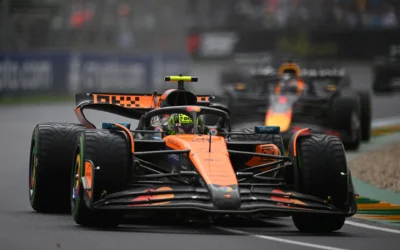Aside from pure performance, the drivability of a car is crucial for success in F1. More specifically, the link between a car’s behaviour and a specific driving style is a common talking point in F1 news circles – most recently in relation to Sergio Perez.
Charles Leclerc is well-known for his preference for cars with oversteer, as opposed to understeer. However, Ferrari has produced an SF-23 machine that is very difficult to handle.
Both Sainz and Leclerc have expressed concerns over the last eighteen months, often related to the unpredictability of Ferrari’s F1 machines.
Whilst the team has identified this area, it will not be until 2024 that large-scale changes are implemented from Maranello to solve the problem.
In the meantime, Ferrari’s task will be to chase Aston Martin and Mercedes for second place in the standings – a difficult though not unachievable aim.

Speaking with the BBC, Leclerc outlined some of the difficulties faced in 2023:
“The very tricky thing is I love oversteer-y cars in general, and this has been a trait throughout my career.
“The thing with this year’s car, was that it wasn’t an oversteer-y car, but a very unpredictable car…
“I had to deal with quite a bit of understeer – just to have a few less unpredictable moments.
“Which is not what you want, and it is not the balance I enjoy the most, so it doesn’t really fit my driving style.”
As outlined previously by formu1a.uno, there will be a few upgrades to the SF-23 later this year – around the Japanese GP.
However, these changes are not intended to improve Ferrari’s performance in the final rounds of 2023.
Instead, the aim is to help prepare for next year’s car, as the personnel at Maranello work to make a significantly different machine.
In the meantime, Leclerc and Sainz will aim to optimise one of their car’s strengths this year – efficiency – to claim a good result on home soil in Monza.
Author: Jaden Diaz-Ndisang




